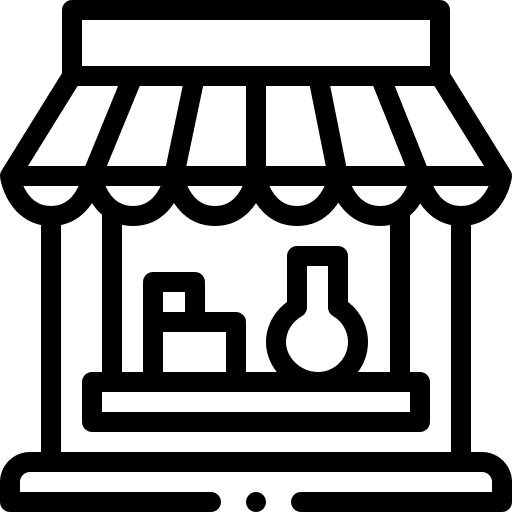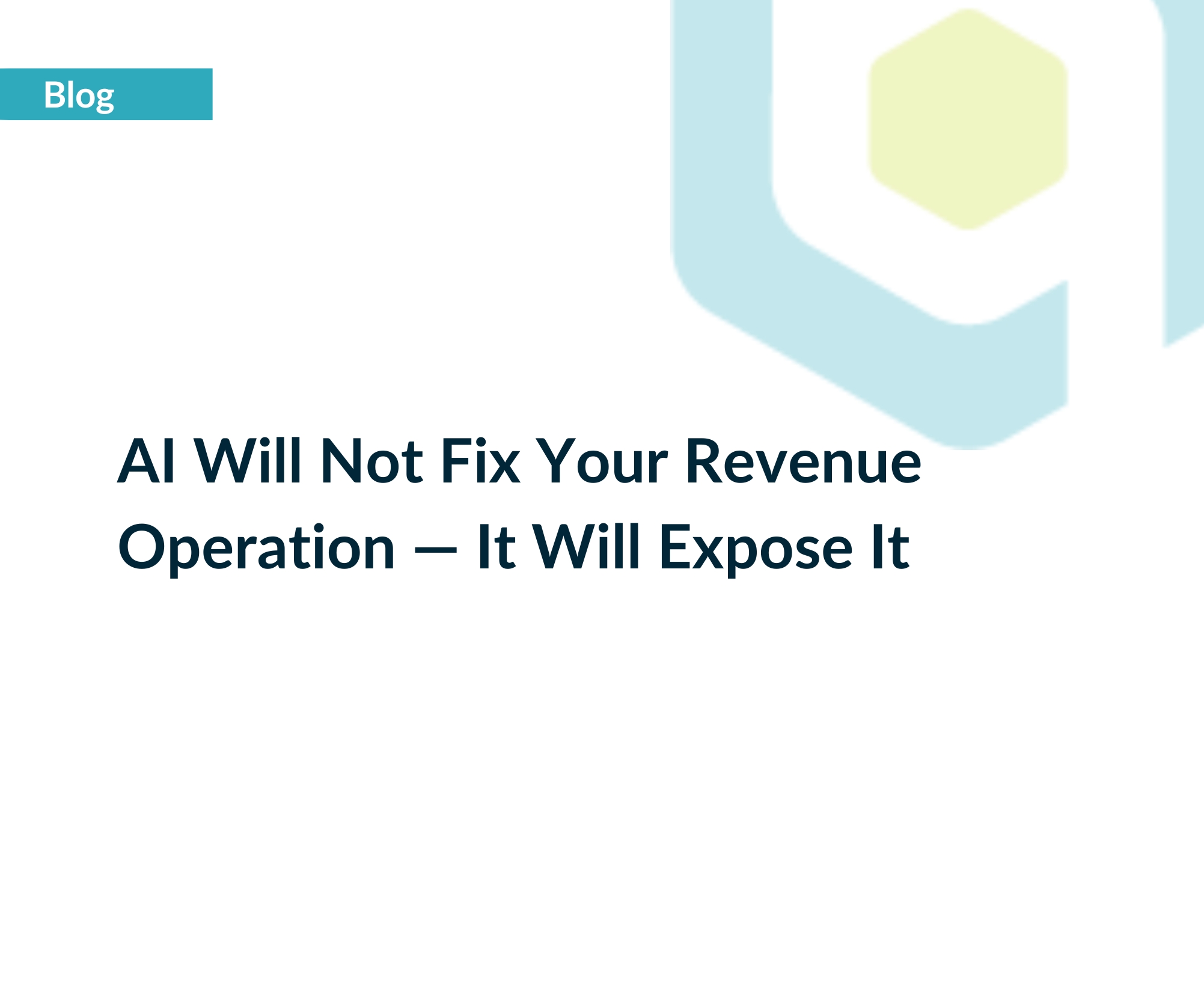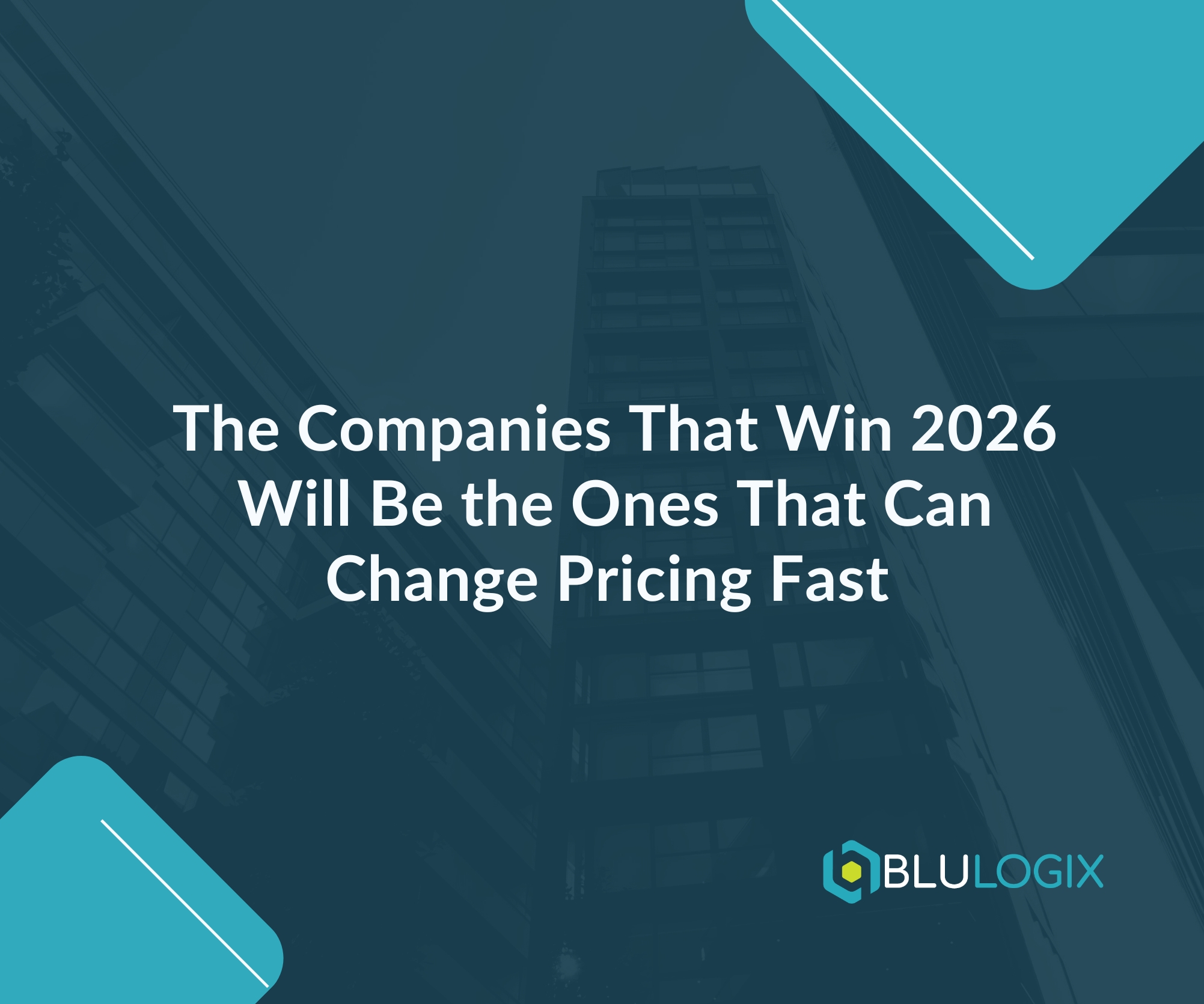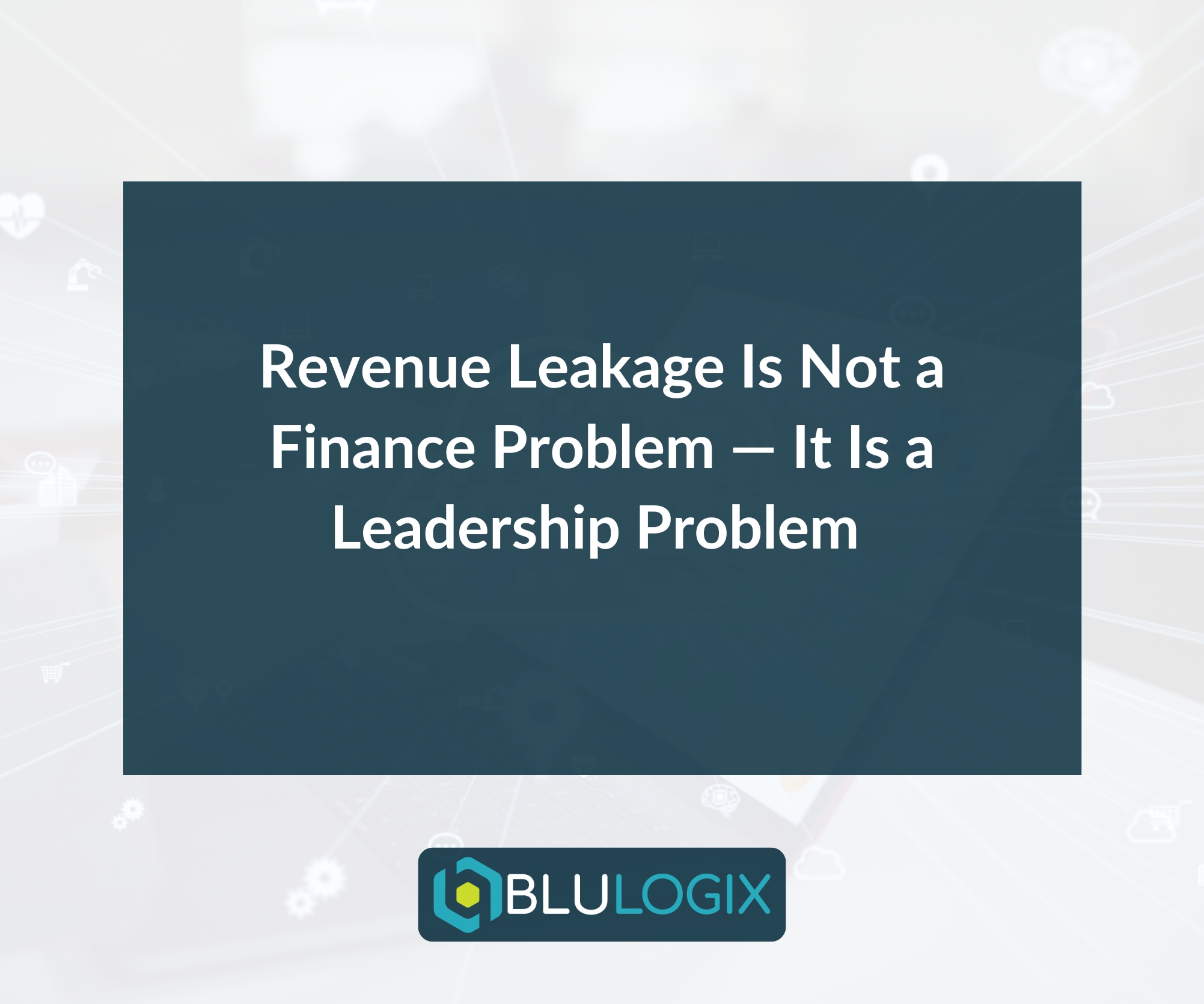See why growth companies choose BluIQ
The Ultimate in Flexibility and Scalability for Subscription Management and Billing.

BluIQ is a configurable platform that bridges the gaps between your CRM, ERP and related business processes.

Customize Your Monetization Platform Quickly and Cost-Effectively.

The Ultimate Flexibility and Scalability to Process Complex Data Staging & Mediation Scenarios with Ease

End-to-end Integration for Seamless Order Activation and Provisioning

BluLogix Chargeback & Cost Recovery for Public Sector and Enterprise Organizations

BluIQ gives you reporting, intelligence and insights in one package.

Empowering Ecommerce, Self-Management, and Seamless Renewals with Channel Support


Lessons, observations and insights for the subscription business

How BluIQ helps our customers’ subscription businesses successfully grow

The latest news and analyst reports on the Software-as-a-Service and Subscription industry

Attend an event near you to connect, learn, and gain inspiration.

The best companies in the world trust BluLogix for all of their billing needs

A collection of recorded webinars and videos on Software-as-a-Service and Subscription Management

Details on BluIQ subscription management and billing platform specifications

Subscription and Software-as-a-Service guides with actionable insights

Why Top Companies Choose BluLogix
In our last post, we discussed the importance of effective communication and transparency in pricing changes. In this edition, we will delve into the topic of innovating pricing models to differentiate your SaaS offering. We will explore the potential of hybrid pricing models and value-based pricing, as well as the significance of incorporating feedback and insights from customers into pricing decisions. Additionally, we will address the challenges and complexities involved in managing pricing strategies.
To stand out in a competitive market, SaaS companies must consider innovative pricing models that go beyond traditional approaches. Hybrid pricing models provide a unique opportunity to differentiate your offering. Consider the following strategies:
Freemium Model: Offer a basic version of your product for free, enticing users to upgrade to a paid plan for additional features or premium services. This allows customers to experience the value of your solution before committing to a paid subscription.
Usage-Threshold Model: Combine elements of flat-rate and usage-based pricing by setting usage thresholds. Customers pay a predetermined fee for a certain level of usage, and beyond that, additional charges apply. This model provides flexibility while ensuring predictable costs.
Tiered Pricing Model: Create multiple tiers with varying levels of features, functionality, and support. This allows customers to choose the tier that best aligns with their needs and budget. Tiered pricing caters to different customer segments and promotes upselling opportunities.
Value-based pricing focuses on aligning the price of your SaaS offering with the value it delivers to customers. Consider the following strategies:
Customer Segmentation: Identify different customer segments and understand their specific pain points, goals, and expectations. Tailor pricing packages and value propositions that address their unique needs and demonstrate the value they can achieve.
Outcome-Based Pricing: Link pricing to the specific outcomes or results your customers can achieve through using your product. This approach ensures customers pay based on the value they receive rather than the features they access.
Pricing Reviews: Regularly evaluate and adjust your pricing based on customer feedback, market trends, and changes in your product’s value proposition. Continuously monitor the market to ensure your pricing remains competitive and relevant.

To develop effective pricing models, it is crucial to incorporate feedback and insights from customers. Consider the following practices:
Surveys and Interviews: Conduct surveys and interviews to gather feedback on your pricing structure, perceived value, and willingness to pay. Use this data to refine your pricing models and identify areas for improvement.
Implementing innovative pricing models can introduce complexities and challenges. Consider the following strategies to overcome them:
Pricing Experimentation: Adopt a mindset of experimentation to test and validate different pricing models and strategies. Iteratively refine your pricing approach based on results and feedback.
Pricing Software and Tools: Leverage pricing software and tools to automate and streamline pricing processes. These tools can help manage pricing tiers, implement changes, and track performance.
Competitive Analysis: Regularly assess and analyze your competitors’ pricing strategies to stay informed about market trends and ensure your pricing remains competitive.
Pricing Education and Training: Invest in educating and training your sales and customer success teams on pricing models, value-based selling, and handling pricing discussions with customers. Equip them with the knowledge and skills to effectively communicate the value of your offering.
Innovating pricing models is essential for differentiating your SaaS offering in a competitive landscape. Hybrid pricing models and value-based pricing enable you to align pricing with customer needs and deliver unique value propositions. By incorporating feedback and insights from customers, you can refine your pricing strategies and drive customer satisfaction. In the next chapter, we will address the importance of effective subscription management and discuss strategies for optimizing subscription workflows.



| Cookie | Duration | Description |
|---|---|---|
| cookielawinfo-checbox-analytics | 11 months | This cookie is set by GDPR Cookie Consent plugin. The cookie is used to store the user consent for the cookies in the category "Analytics". |
| cookielawinfo-checbox-functional | 11 months | The cookie is set by GDPR cookie consent to record the user consent for the cookies in the category "Functional". |
| cookielawinfo-checbox-others | 11 months | This cookie is set by GDPR Cookie Consent plugin. The cookie is used to store the user consent for the cookies in the category "Other. |
| cookielawinfo-checkbox-necessary | 11 months | This cookie is set by GDPR Cookie Consent plugin. The cookies is used to store the user consent for the cookies in the category "Necessary". |
| cookielawinfo-checkbox-performance | 11 months | This cookie is set by GDPR Cookie Consent plugin. The cookie is used to store the user consent for the cookies in the category "Performance". |
| viewed_cookie_policy | 11 months | The cookie is set by the GDPR Cookie Consent plugin and is used to store whether or not user has consented to the use of cookies. It does not store any personal data. |
The Ultimate in Flexibility and Scalability for Subscription Management and Billing.
